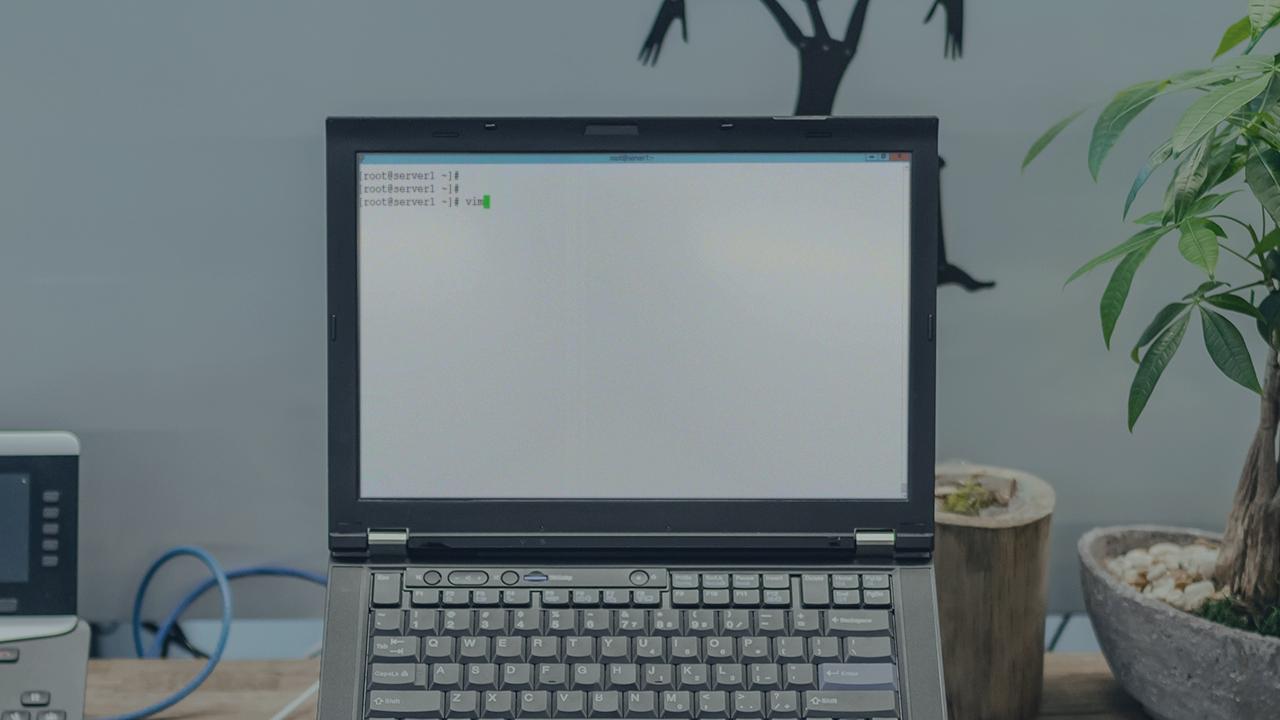- Course
CentOS Enterprise Linux 7 Service Management
Immerse yourself in managing command line Linux services, including installs and building applications. This is the sixth course in a series of seven courses preparing you for the Linux Foundation Certified System Administrator exam.

- Course
CentOS Enterprise Linux 7 Service Management
Immerse yourself in managing command line Linux services, including installs and building applications. This is the sixth course in a series of seven courses preparing you for the Linux Foundation Certified System Administrator exam.
Get started today
Access this course and other top-rated tech content with one of our business plans.
Try this course for free
Access this course and other top-rated tech content with one of our individual plans.
This course is included in the libraries shown below:
- Core Tech
What you'll learn
When it comes to managing CentOS 7, you'll find it's often more about managing the services that reside on CentOS. In this course, you will prepare the CentOS 7 administrator with the skills needed to manage commonly-used and required services. You'll also integrate the services together in a practical way, mirroring what may be needed in your workplace. To start, you'll automate installs of CentOS 7 by creating an FTP repository and adding a DHCP server with PXE Boot enabled. The installation itself is automated by means of a Kickstart file. Before long, you'll look at building a PHP-based web application to query a MariaDB that you'll create and populate. The course closes by looking at sharing files to the Windows network with Samba and debugging SELinux to ensure you can keep the service secure. By the end of this course, you will be able to manage CentOS 7 and all its services with ease, and you'll also be more prepared for the LFCS Administrator exam.

